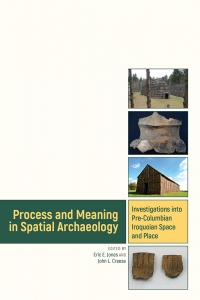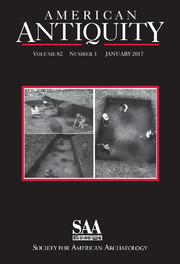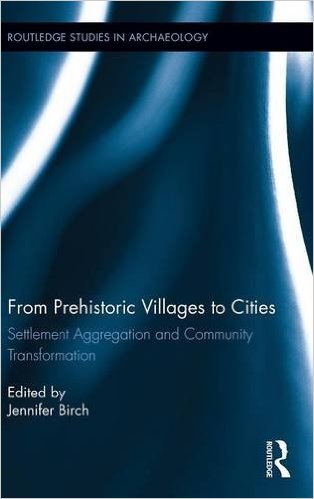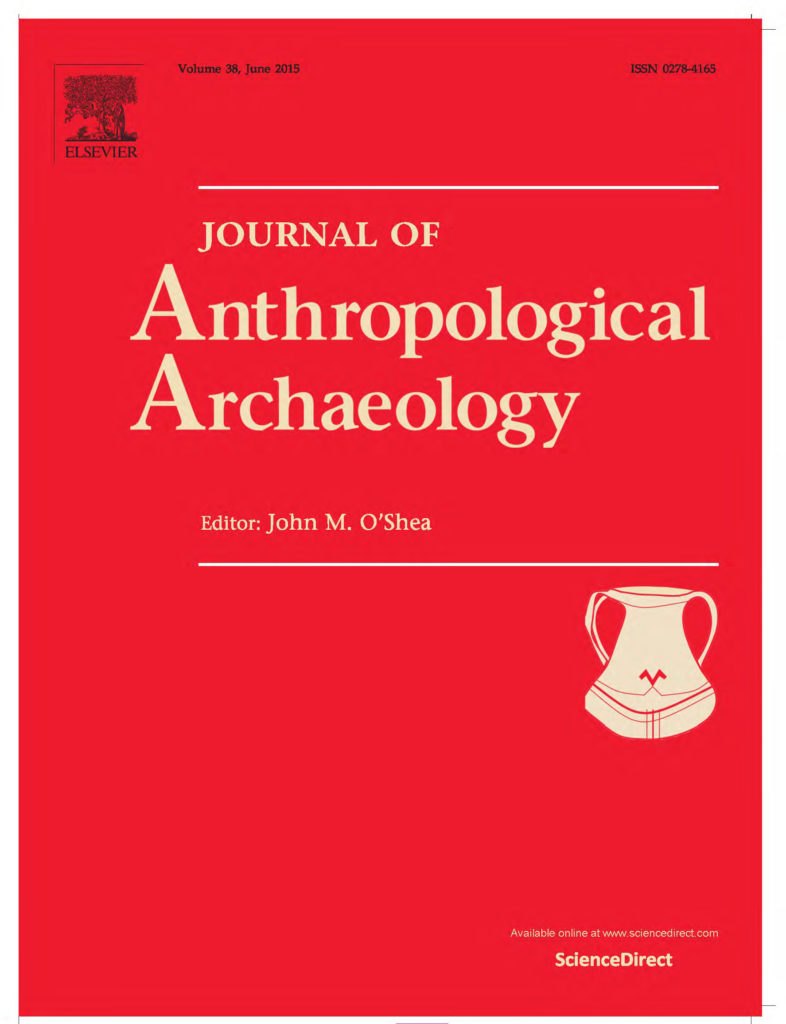Multi-Scalar Perspectives on Iroquoian Ceramics: Aggregation and Interaction in pre-Contact Ontario

The research in this volume represents a new wave of spatial research—exploring beyond settlement patterning to the process and the meaning behind spatial arrangement of past communities and people—and describes new approaches being used for better understanding of past Northern Iroquoian societies. Addressing topics ranging from household task-scapes and gender relations to bioarchaeology and social […]
Early Archaic Nettling Point

We present to you a 3-D scan of a gorgeous Early Archaic Nettling point discovered this past winter by our Field Director Robb Bhardwaj, who shared his story of discovery with us: Nettling Projectile Point by ASI on Sketchfab “Sometimes in archaeology, artifacts seem to want to be found. I came upon just such an […]
Maize, Fish, and Deer: Investigating dietary staples among ancestral Huron-Wendat villages, as documented from tooth samples

Following the entry of Zea mays to northeast North America, Northern Iroquoian populations expanded their numbers and range. Isotopic values from bone collagen have shown fluctuations in reliance on this dietary staple. With permission of the Huron-Wendat Nation of Wendake, Quebec, we measured d13Cenamel, d13Cdentine and d15Ndentine from 167 permanent teeth, retained before reburial of […]
Organizational Complexity in Ancestral Wendat Communities

During the late fifteenth and early sixteenth centuries, the Northern Iroquioan societies of northeastern North America experienced a process of widespread settlement aggregation. In southern Ontario, Canada, dozens of small villages came together into fewer large, nucleated settlements with populations of up to 1,500 to 2,000 individuals. The formation of these coalescent communities resulted in […]
Navigating ancestral landscapes in the Northern Iroquoian world

After the transition to settled village life ca. AD 1300, the Northern Iroquoian peoples of northeastern North America relocated their settlements every few decades or less. Frequent village location meant that, after less than 100 years, the landscape they inhabited would have contained more abandoned than occupied village sites. We draw upon ancestral Wendat site […]
Nation Building and Social Signaling in Southern Ontario: A.D. 1350–1650

Pottery is a mainstay of archaeological analysis worldwide. Often, high proportions of the pottery recovered from a given site are decorated in some manner. In northern Iroquoia, late pre-contact pottery and early contact decoration commonly occur on collars—thick bands of clay that encircle a pot and extend several centimeters down from the lip. These decorations […]
Planning for Ontario’s Archaeological Past: Accomplishments and Continuing Challenges

Over the past 35 years, the practice of archaeology in the province of Ontario, Canada has witnessed a number of very important and dramatic changes that have resulted in a vigorous archaeological consulting industry as a response to societal concerns for the conservation of heritage values and environmental protection. Pre-development archaeological assessments are required as […]
Stamped

This decoration is created by dabbing colour onto the vessel with a cut sponge or root vegetable. Designs included stars, diamonds, scrolls and daggers, flowers, various geometric shapes, eagles and other animals. From around 1845, it became common to see painted wares in which at least part of the motif was applied with a color-filled […]
Chinese Export Porcelain

In the Ontario archaeological timeline, Chinese porcelain is associated with some of our earliest Euro-Canadian sites dating to the late 18th and early 19th centuries. Exporting porcelain was a huge industry in China with a long rich history, but by the time Chinese porcelain was making its way to Ontario, production was in decline. By […]
Transfer Print: Juvenile

Juvenile transferprint motifs are found on vessels, such as small plates and mugs, that were made for children’s use. These ceramics were often smaller in size and had child appropriate decoration depicting moral lessons, nursery rhymes, educational themes or, images of children at play. Juvenile motifs can frequently be identified by the inclusion of text as well […]


